Rethinking an acre of lawn
Colleen Carter
10 years ago
Featured Answer
Sort by:Oldest
Comments (9)
silk789
10 years agoRelated Professionals
Nashville Interior Designers & Decorators · Glens Falls Architects & Building Designers · Hillcrest Heights Architects & Building Designers · North Bergen Architects & Building Designers · Hammond Kitchen & Bathroom Designers · Cherry Hill Kitchen & Bathroom Designers · Greer Furniture & Accessories · New Hope Furniture & Accessories · Cibolo General Contractors · Galena Park General Contractors · Country Walk General Contractors · Exeter General Contractors · Hercules General Contractors · Pacifica General Contractors · Baileys Crossroads General ContractorsLynda
10 years agoUser
10 years agotsudhonimh
10 years agoCatherine Belan
10 years agomichellenoftsinger
10 years agoCatherine Belan
10 years agoColleen Carter
10 years ago
Related Stories
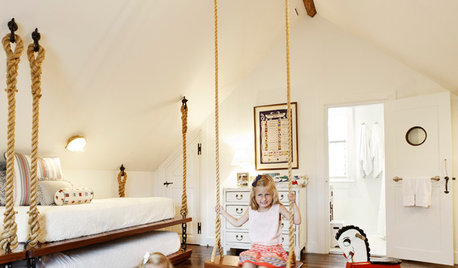
KIDS’ SPACESNew This Week: 3 Amazing Kid Rooms That Will Make You Rethink Your Life
Designers share details of fantastical concepts like indoor swings and a pirate’s crow’s nest in projects recently uploaded to Houzz
Full Story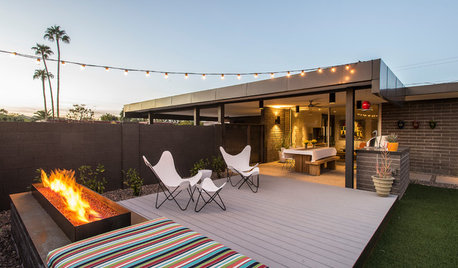
MIDCENTURY HOMESHouzz Tour: Rethinking a Midcentury Modern Icon
In Phoenix, a Paradise Gardens subdivision home designed by noted modernist Al Beadle gets a thoughtful update
Full Story
BEFORE AND AFTERSSee 6 Yards Transformed by Losing Their Lawns
Wondering whether a turf lawn is the best use of your outdoor space? These homeowners did, and they found creative alternatives
Full Story
EARTH DAYThe Case for Losing the Traditional Lawn
Work less, help the environment and foster connections by just saying no to typical turf
Full Story
LANDSCAPE DESIGN15 Great Ideas for a Lawn-Free Yard
End the turf war for good with hardscaping, native grasses and ground covers that save water and are easier to maintain
Full Story
MOST POPULARMeet a Lawn Alternative That Works Wonders
Carex can replace turfgrass in any spot, is low maintenance and adjusts easily. Add its good looks and you’ve got a ground cover winner
Full Story
GRASSESHow to Rock a Lawn
Weekend Project: The key to healthy grass begins with the soil. If turf works for you, here’s how to fix it and keep it looking its best
Full Story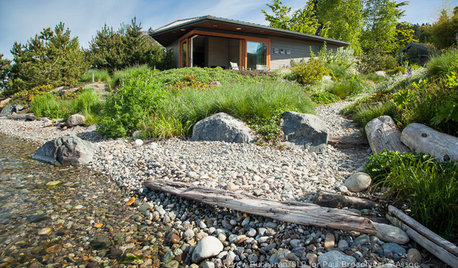
INSPIRING GARDENSLawn Gives Way to a More Natural Lakeside Garden
Meadow grasses, beach pebbles and driftwood replace turfgrass in a nature-friendly landscape on Lake Washington’s shore
Full Story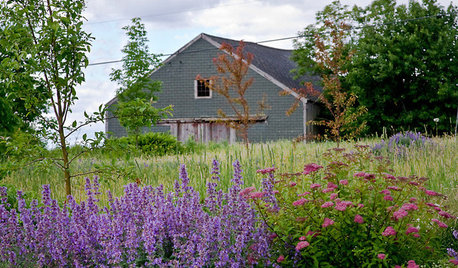
GARDENING AND LANDSCAPINGLandscape Tour: Two Acres of Rural Hillside in Maine
An orchard of crab apples, a grove of sugar maples, even a hayfield ... pastoral landscape beauty doesn't get more idyllic than this
Full Story
GARDENING GUIDESSmall Gem Lawns: More Impact From Less Grass
Instead of letting the lawn sprawl, make it a shapely design element in your yard. You’ll reap benefits both practical and aesthetic
Full Story





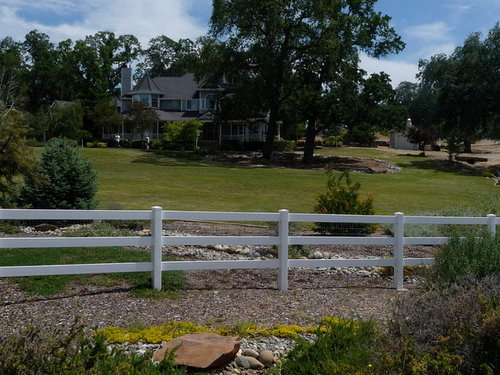




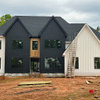

njmomma